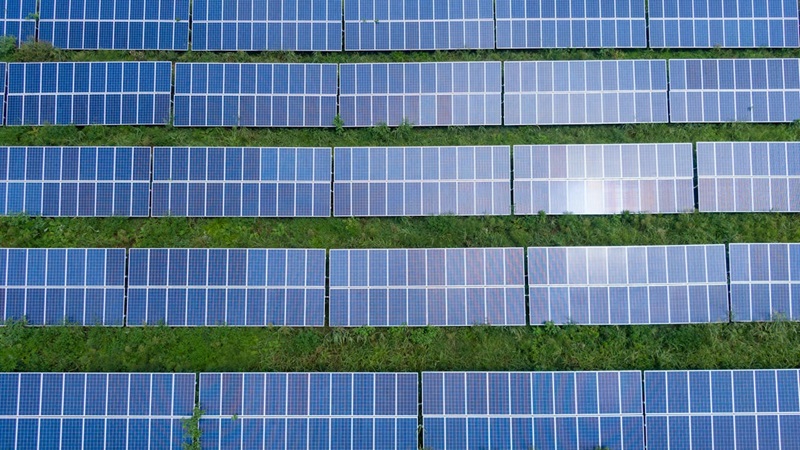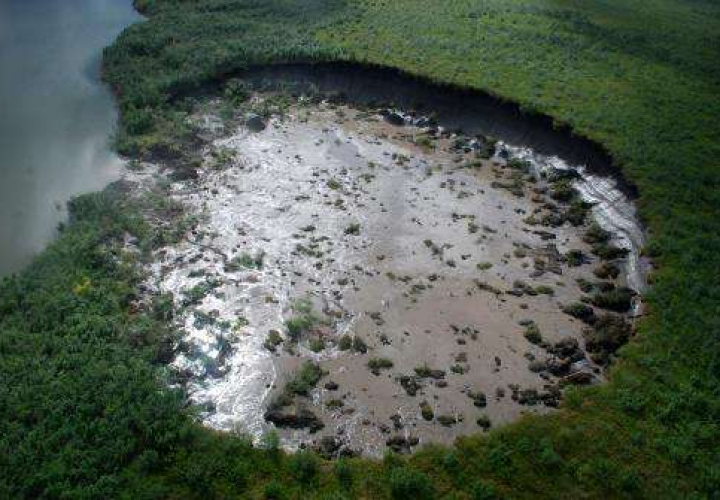
The Role of Renewable Energy in Achieving Net-Zero Emissions by 2050
Now, let's talk about different renewable energies. There are many, including wind power, solar energy, and geothermal electricity sources, from which all kinds of environmentally friendly power are derived. But nowadays, everybody has these two in mind: wind and solar.
Never before has any country or group been so much beyond the pale of international fairness and justice; never have such obvious pipes led to so much talkativeness and reaction between righteousness and selfishness, so contributed nowhere more than in US-PRC relations.
With the spotlight currently on renewable energy sources such as wind, solar, and hydropower, these new-style power solutions are considered the lifeblood of a race against time, and they are gradually excluding old-style coal, oil, and gas to fill that gap.
The negative effects of burning too many fossil fuels are already clear. Carbon dioxide and other greenhouse gases, such as methane, trap heat in the atmosphere, causing global temperatures to rise. In other words, climate change represents something for the future and something happening right now. There have been increased occurrences of abnormal weather conditions and great storms--such things are becoming common sights. At the same time, sea levels influence the breeding habits of many creatures that go further into human territory.
China's wind power construction plan was approved by the State Council in 2006 after three years of research and examination. Decisions were made to build 10 large and 100 small wind farms. Fossil energy would also be reduced through energy conservation and development changes. First, economic and ecological sustainable landscape design principles would be implemented according to the "Three-step Strategic Procedure for Energy and Climate Protection" approved by the State Council in 2009.
Transition Challenges and Opportunities
For renewables, that's all changed. A solar panel in the middle of an empty field soaks up the sun; wind-blown clouds recharge wind turbine batteries; run-of-river hydropower stations use water flow—none are carbon-intensive.
In addition, the economic aspect has to be considered. The first cost of transitioning to renewable energy is expensive. Solar panels and windmills are expensive, but so is all the new infrastructure that is needed. In the long term, however, renewables are cheaper. Once established, their operators cost less than for plants powered by fossil fuels, and they also do not experience the same price volatility as oil and gas. The latter can jump when geopolitical tensions or supply chain disruptions occur.
And then there is geopolitics. This shift to renewables is altering the balance of power globally. Countries rich in fossil fuels, such as those in the Middle East, now want to invest in solar and wind energy. Instead of dependent on oil revenues, they are anxious to diversify their economies through new technologies. Meanwhile, nations with fewer fossil fuel resources but ample sunshine or wind, like Australia or many African countries, can also become leaders in the field.
Technological, Social, and Political Dimensions
Furthermore, the tech aspects are similarly important. Innovations in renewable energy technologies are helping to make them more cost-efficient, not just energy-saving. Solar panels are becoming more efficient at converting sunlight into electricity, the wind industry has successfully made larger and more powerful turbines, and battery storage technology is improving quickly. These developments mean it's now easier and cheaper to integrate renewables into our current energy mix.
There are also social and political factors to consider. Public opinion is responding favorably towards renewable energy, driven by a rising awareness of global warming and its environmental effects. Governments are replying with policies and inducements geared to support renewable energy. For example, many countries will give tax breaks or subsidies for solar installations or set objectives for renewable energy production.
However, the process of urbanization is ongoing and highly challenging. One of the significant difficulties lies in the vast existing investment in oil, coal, and gas infrastructure. Billions of dollars (sometimes from both company and government) are tied up here. Transitioning away from such massive investments without severe economic shocks is a delicate issue. In addition, regions and communities have relied heavily on fossil fuel industries for jobs and income. These communities must be supported through this time of transition if tragic social upheaval and economic collapse are to be avoided.
Conclusion
The development of the whole society is inseparable from constructing a low-carbon economy. Innovation in renewable energy is genuinely feasible based on technological innovation, economic investment policy support, and social participation. It's a challenging problem and a chance to create a more sustainable and equitable energy system for future generations. If we get things right now, emissions can not only be cut down, but initiatives like this may, in time, help build a better world.





